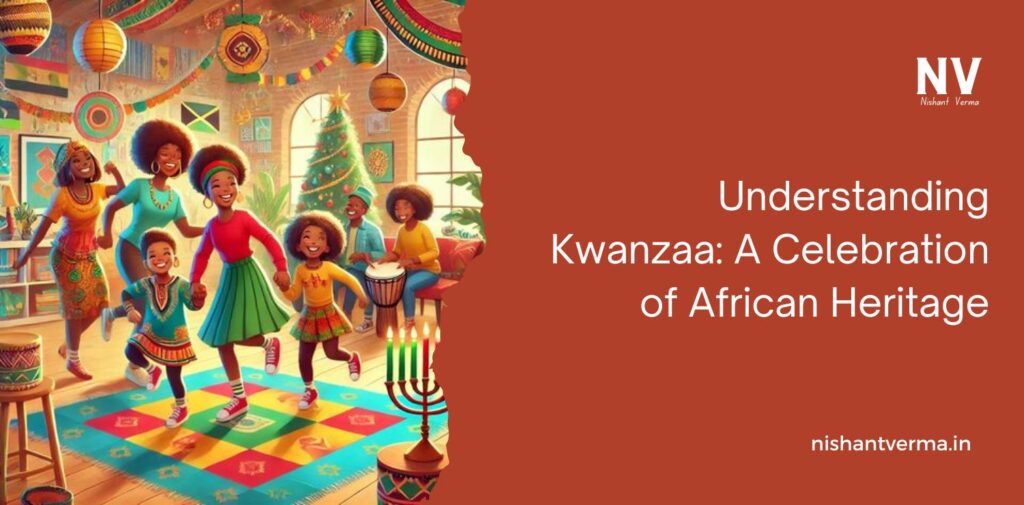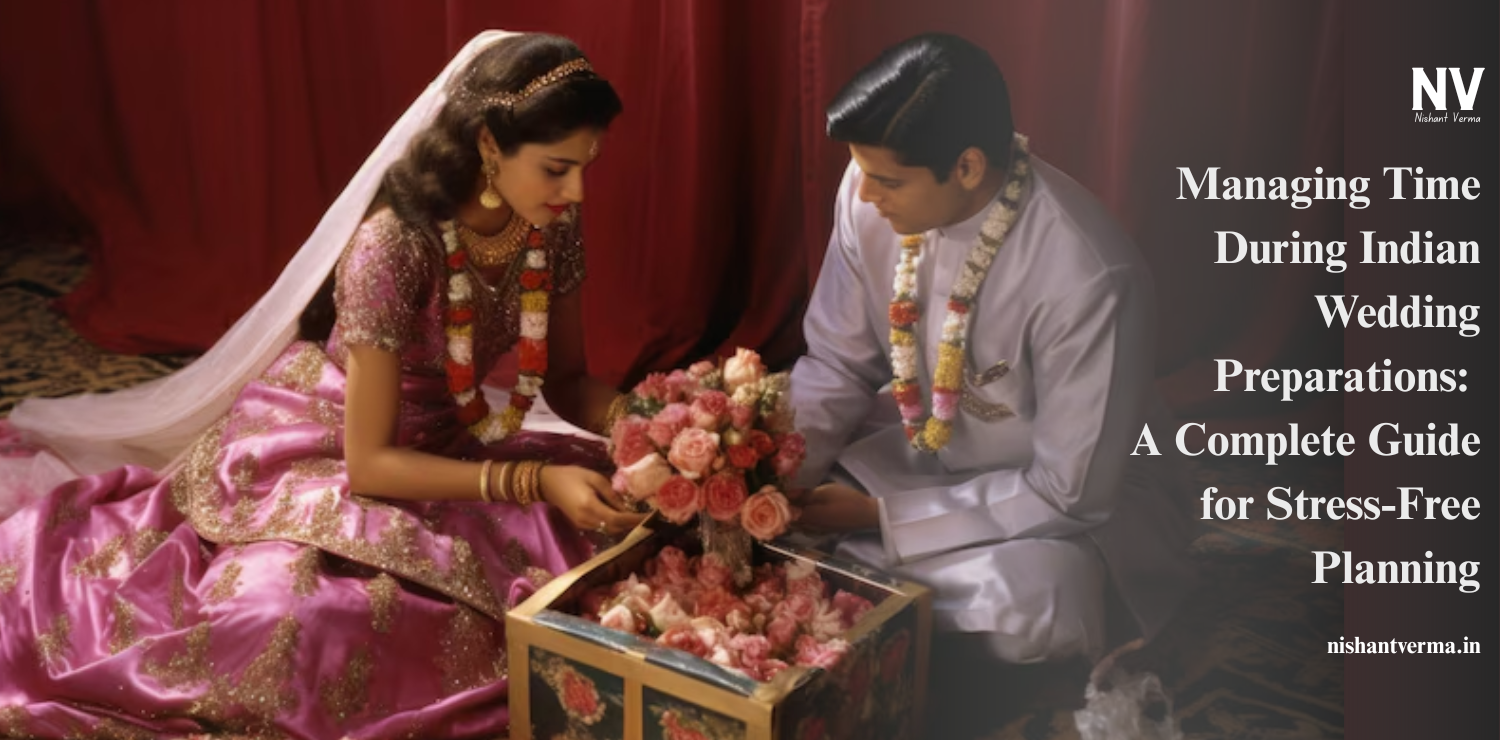Kwanzaa is a special holiday celebrated by millions of people, especially in the United States, to honor African culture and heritage. It is not just a festival, but a time for reflection, unity, and community celebration. This article aims to introduce Kwanzaa a Celebration of African Heritage to an Indian audience and explain its significance, traditions, and how it is celebrated.
What is Kwanzaa?
Kwanzaa is a week-long celebration observed from December 26th to January 1st every year. It was created in 1966 by Dr. Maulana Karenga, an African-American scholar and activist, to help African-Americans reconnect with their African roots and celebrate their culture. The word “Kwanzaa” comes from the Swahili phrase “matunda ya kwanza,” which means “first fruits.” The holiday is based on African harvest festivals, which celebrate the crops and the community.
Kwanzaa is not a religious holiday but a cultural one. People of all faiths can celebrate it, as it is about honoring African traditions and values. It encourages unity, family, community, and respect for the African heritage that has shaped many people’s lives.
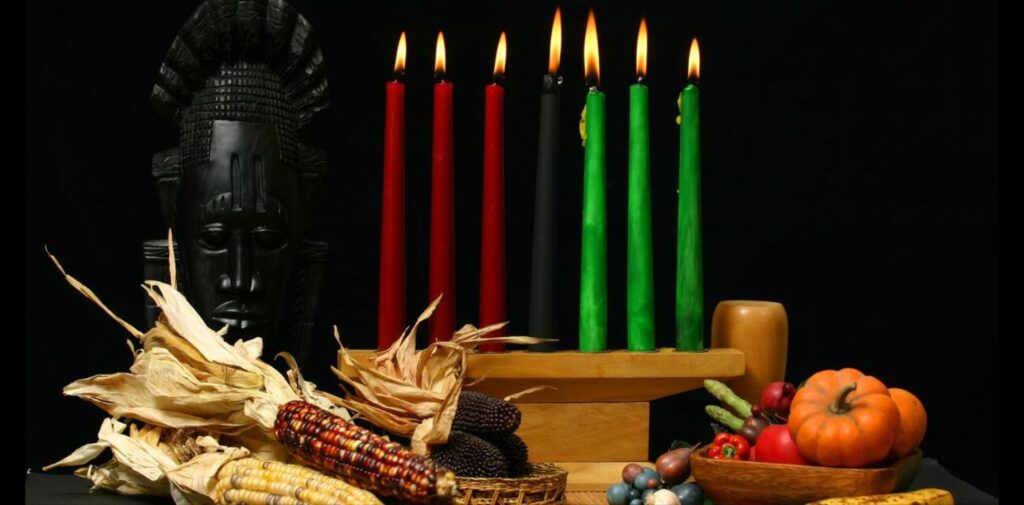
The Seven Principles of Kwanzaa
Kwanzaa is centered around seven key principles, called the “Nguzo Saba,” which are values that reflect the African heritage and guide the celebrations. Each day of Kwanzaa focuses on one principle:
- Umoja (Unity) – This principle emphasizes the importance of unity within the family, community, nation, and race. It encourages people to come together and support one another.
- Kujichagulia (Self-Determination) – It focuses on defining and naming ourselves, as well as making decisions for ourselves. It is about taking control of your destiny and shaping your own future.
- Ujima (Collective Work and Responsibility) – This principle highlights the importance of working together to solve problems and make the community stronger. It reminds everyone that we all share the responsibility of improving our world.
- Ujamaa (Cooperative Economics) – It is about supporting and building businesses within the community. It encourages people to buy from and support businesses owned by others in their community to build economic strength.
- Nia (Purpose) – Nia encourages individuals to have a clear purpose in life. It focuses on helping the community, serving others, and making contributions to society that will benefit future generations.
- Kuumba (Creativity) – This principle promotes creativity in all aspects of life. It encourages people to use their creativity to make their community better, more beautiful, and more vibrant.
- Imani (Faith) – Imani stresses the importance of faith. It emphasizes having faith in ourselves, in our families, and in the strength of the community. It is also about having faith in God and the belief that good things can be achieved through hard work and dedication.
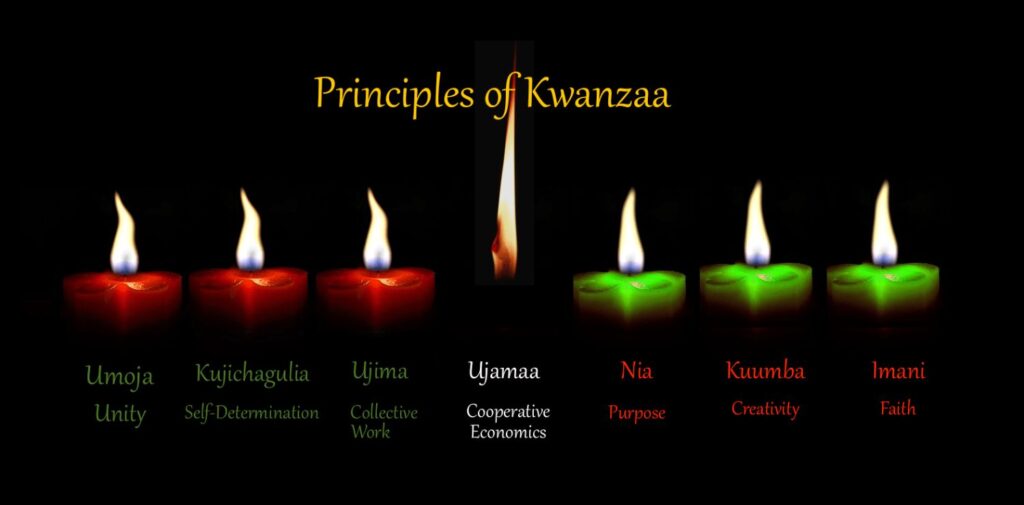
Symbols of Kwanzaa
Kwanzaa has many unique symbols that are used throughout the celebration to represent the values and principles of the holiday. These symbols include:
- Kinara – The Kinara is a special candleholder that holds seven candles, one for each day of Kwanzaa. The candles represent the seven principles. Three red candles represent the struggles and challenges faced by the African-American community, three green candles represent hope and the future, and one black candle in the center represents the unity of the people.
- Mishumaa Saba (Seven Candles) – The seven candles are lit each day during the seven days of Kwanzaa. Each day, a new candle is lit to represent one of the seven principles. The black candle is lit first, followed by the red and green candles in a specific order.
- Mkeka (Mat) – The Mkeka is a mat that is placed on the table during the Kwanzaa celebration. It symbolizes the foundation of the community and serves as a reminder that everything built on it is part of the tradition and culture.
- Mazao (Crops) – These are the fruits, vegetables, and other harvest items displayed during Kwanzaa. They symbolize the rewards of hard work and the importance of the harvest in African culture.
- Vibunzi (Corn) – Corn is another important symbol of Kwanzaa. It represents children and the hope for future generations. During the celebration, one ear of corn is displayed for every child in the family.
- Zawadi (Gifts) – Gifts are exchanged during Kwanzaa, especially on the last day. These gifts are typically educational, cultural, or meaningful items that represent the values of the holiday, such as books, artwork, or crafts.
How is Kwanzaa Celebrated?
Kwanzaa is celebrated in many different ways depending on the family and community traditions. However, there are some common activities that are part of most celebrations.
- Lighting the Candles – Each day, a new candle is lit, and the corresponding principle is discussed. Families and communities come together to reflect on the meaning of the principle and how it can be applied to everyday life.
- Feasts and Gatherings – A big part of Kwanzaa celebrations is the family meal. Traditional African-American foods such as fried chicken, sweet potatoes, collard greens, cornbread, and rice are often prepared. This meal is an important time for families to come together, share stories, and celebrate their heritage.
- Drumming and Music – Music and drumming are an essential part of Kwanzaa. Many families and communities have drumming circles or performances to celebrate. The rhythm of the drums symbolizes the connection to African traditions.
- Community Events – Many people celebrate Kwanzaa by participating in community events such as parades, festivals, and educational workshops. These events help people learn more about African culture and history, and they provide opportunities to bond with others who share similar values.
- Gift Giving – On the last day of Kwanzaa, families often exchange gifts that are meaningful and educational. These gifts can include books, artwork, or handmade crafts that represent the principles of Kwanzaa.
- Reflection and Meditation – Kwanzaa is a time for reflection and meditation on one’s goals, values, and achievements. It is a time to think about how we can improve ourselves and our communities and how we can work together to create a better future.
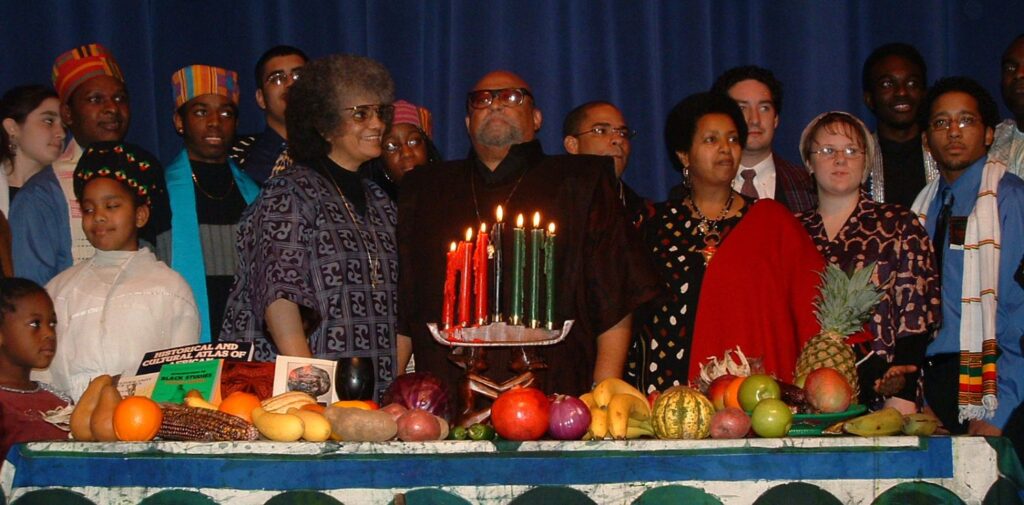
Kwanzaa in India
Though Kwanzaa originated in the United States, the celebration of African heritage and culture is universal. India, with its rich history of diversity and culture, is an ideal place for the message of Kwanzaa to resonate. The values of unity, community, creativity, and purpose align closely with the values found in Indian culture.
In India, where people celebrate various festivals like Diwali, Eid, and Christmas, Kwanzaa offers an opportunity to learn about and appreciate African traditions. The focus on family, community, and cultural pride makes it a celebration that people of all backgrounds can respect and admire.
While Kwanzaa is not widely celebrated in India, it offers an important lesson on the significance of cultural preservation, unity, and working together for a better future. It can inspire people to think about how they can strengthen their own communities and contribute to making the world a better place.
Conclusion: Celebration of African Heritage
Kwanzaa is more than just a holiday; it is a celebration of the strength, history, and culture of African-Americans and Africans around the world. It promotes unity, self-determination, creativity, and faith—values that can inspire anyone, no matter their background. For people in India, learning about Kwanzaa provides a chance to understand and appreciate the African-American experience while also reflecting on their own cultural values.
By embracing Kwanzaa’s principles of unity and cooperation, we can all work together to create a more inclusive and harmonious world. It’s a celebration of the past, present, and future—celebrating who we are and what we can become together.

